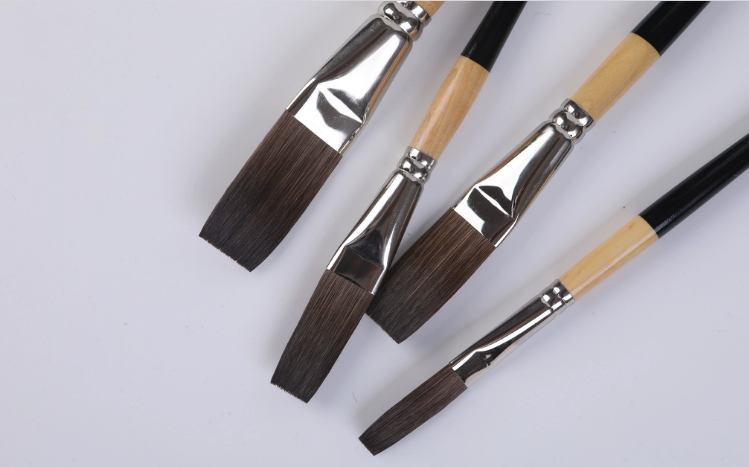Is the food package just for convenience? The latest answer is "no." “Smart†packaging can more effectively protect the quality of food, or directly show whether the food is fresh, so that consumers do not have to wait until the package is unpacked before discovering if the food has deteriorated.
At present, the main basis for determining whether a packaged food is deteriorating is the shelf life marked on the outer package. People often think that food is safe and fresh within the shelf life, but it is often not the case.
First, the shelf life of food is related to environmental factors. Different temperatures, humidity, and air circulation conditions have a great influence on the shelf life of foods. Secondly, the quality of the materials used in packaging, and the quality of packaging technology will also affect the shelf life. Third, the shelf life is not the period of food preservation. The food in the shelf life can only ensure that the food has not deteriorated yet, and cannot guarantee the original freshness and flavor of the food.
In the United States, France and other places, a variety of smart packaging technologies are being used on food packaging. They can not only indicate whether the food is deteriorating, but also prolong the shelf life of food, thus effectively ensuring food safety and original flavor.
Some fresh foods need to be kept at low temperatures, otherwise the bacteria inside will multiply, leading to deterioration of the food. A new type of label that can indicate time and temperature is being used to show how long a food has been stored at a certain temperature. This kind of label is like a target for shooting. There are many rings of transparent rings. The central ring contains a chemical substance that will change with time and temperature to produce polymerization and change from transparent to black. If the packaged food is kept at a low temperature, the polymerization of the chemical will be very slow. Once the temperature increases, the polymerization will accelerate and the chemical will change from transparent to black. As the bacteria in foods increase with temperature and time, the degree of darkening of chemical substances becomes more and more serious. When the inner ring turns dark it means that the food is no longer fresh. Consumers can use this change in the color of the label to determine if the food is still edible.
Another food safety instruction packaging technique, which shows whether the meat and vegetables are deteriorating by interacting with the gas released from the food in the package.
For another example, in order to delay the deterioration of food due to oxidation, it is now common practice to put a small packet of iron powder inside the package and use the oxidation process of iron to consume the oxygen inside the package. The new packaging adds a layer of “oxygen†material to the wrapper.
At present, a U.S. company is developing fresh food packaging for frozen foods. This package can detect the release of gases from meat, fish, and vegetables that have deteriorated due to improper storage. Concentrations of oxygen and carbon dioxide required for different fruits and vegetables are different, and packaging technology for this characteristic is also under development.
A California company is developing a packaging film that can change its permeability with temperature to meet the different oxygen and carbon dioxide needs of different fruits and vegetables.
In New Zealand, researchers are developing a fruit packaging that can indicate when peaches, such as peaches, are soaked and pressed.
Reprinted from: China Youth Daily
Types of brushes.There are so many many brushes:washes/glazes, rounds, flats, filberts and liners and more. Choosing the right type for the technique is important. Let`s look at the different types.Flat Brushes:Flats are brushes with a straight chisel edge and square shaped filaments. These can be known as shades if they`re in smaller sizes and washes/glazes if in bigger sizes. Large areas are painted with a wash/glaze brush whereas smaller flats are used for small areas of painting. Round brushes-Round brushes have a large diameter of the ferrule, more so than a liner, which can be used for applying thick to thin lines, filling in odd shaped areas, painting details and work great for lettering. Liners don`t hold as much paint as a round, however, they are super great for creating lines or curves. Script liners are similar to liners but the filaments are much longer and hold more paint. A round brush tapers to a pointed tip – several types of rounds are referred to rounds, liners or script liners. Angle brushes are filaments that have been cut on an angle – these are excellent to use in small or curved areas of the painting.Filberts Brushes with oval shaped filaments are known as filberts in smaller sizes and oval wash in larger sizes. Both shapes can be used for base coating, stroke work and more. There are filbert combs, filbert wash and more. Mop Brushes:Then there are mop brushes–great for blending and smoothing out small areas. They`re also ideal for applying powdered pigments–just dust them lightly over hot or tacky wax.Specialty Brushes:Then there are all the speciality brushes on the market used for certain techniques and garner their own results–fan, deer-foot, stumbler, mops,stencil and more.
SAMINA FORAM OFFER various different shapes of Painting Brush like flat , slant, oval and filbert Brushes....

Watercolor Painting Brushes,Painting Brushes,Watercolor Painting Brush,Watercolor Painting Art Brush
SAMINA FORAM (SHENZHEN) CO., LIMITED. , https://www.saminamakeuptools.com